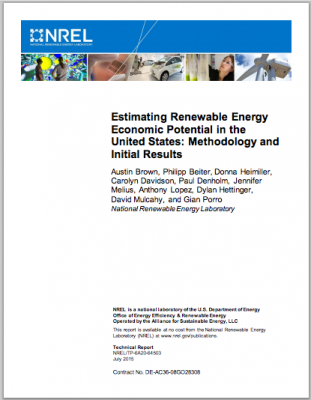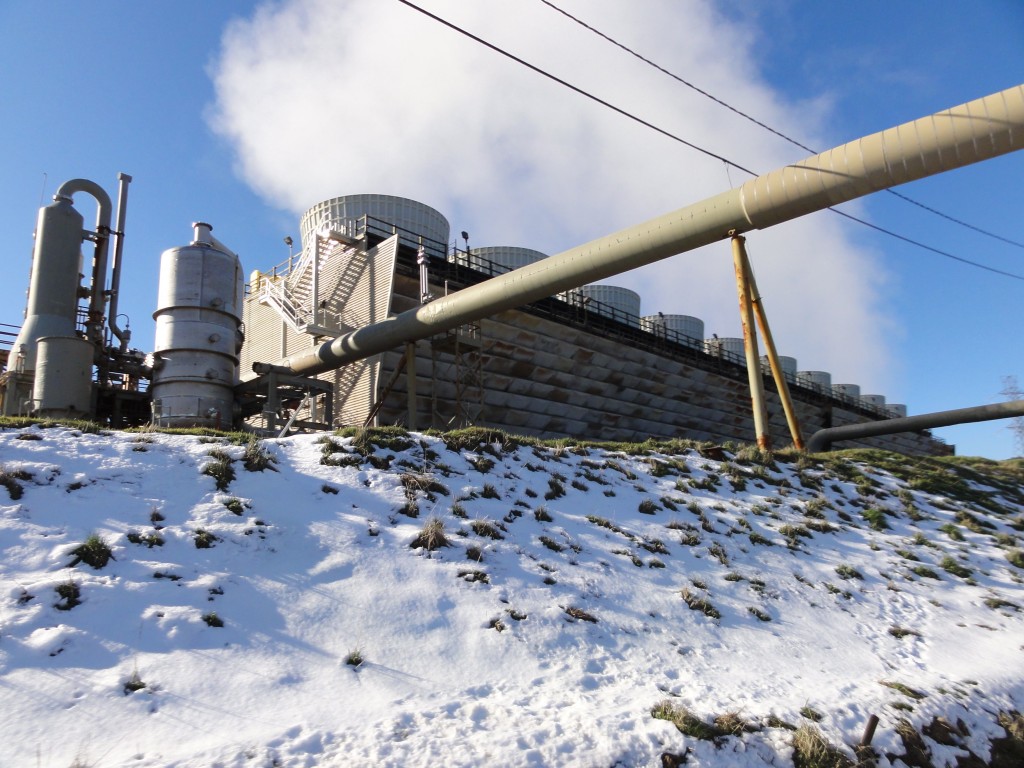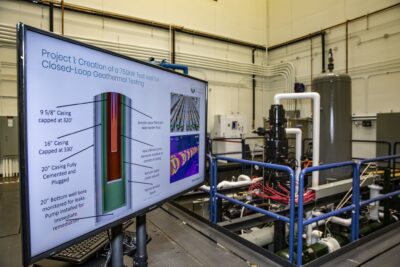NREL reports on economically feasible U.S. renewable energy and geothermal potential
A new report by the U.S. DOE's National Renewable Energy Laboratory (NREL) publishes results on an extensive study on the economically feasible renewable energy and geothermal potential.
 Analysts at the Energy Department’s National Renewable Energy Laboratory (NREL) in the U.S. are providing, for the first time, a method for measuring the economic potential of renewable energy across the United States.
Analysts at the Energy Department’s National Renewable Energy Laboratory (NREL) in the U.S. are providing, for the first time, a method for measuring the economic potential of renewable energy across the United States.
A study applying this new method found that renewable energy generation is economically viable in many parts of the United States largely due to rapidly declining technology costs.
The report, Estimating Renewable Energy Economic Potential in the United States: Methodology and Initial Results, describes a geospatial analysis method used to estimate the economic potential of several renewable resources. Economic potential is a metric that quantifies the amount of economically viable renewable generation that is available at a specific location. Analysis to date includes photovoltaics (PV), wind, geothermal, biomass and hydropower resources.
“This report presents one method for estimating economic potential,” NREL Energy Analyst Philipp Beiter said. “The initial results are intended to explore this method as a screening metric for understanding the economic viability of renewable generation at a detailed geospatial resolution.”
The new report considers renewable generation costs in comparison to prevailing electricity prices. This initial application of the method shows a large range of outcomes for the new metric, depending on specific factors considered. This report includes national level estimates of economic potential, along with maps and tables documenting state-level estimates for specific cases.
For geothermal, the report only looks at hydrothermal-based geothermal resources. The report estimates a potential of 109 to 153 TWh geothermal power generation annually. If one assumes a 90% capacity, this would represent an installed geothermal power generation capacity of 13,000 MW to 19,000 MW. This would represent about 3 to 5 times the current installe capacity of about 3,500 MW. Today, about 17 TWh of geothermal power is generated in the U.S. annually (2013).
Further details here
The report can be found here (large pdf)
Source: NREL Press Release


















